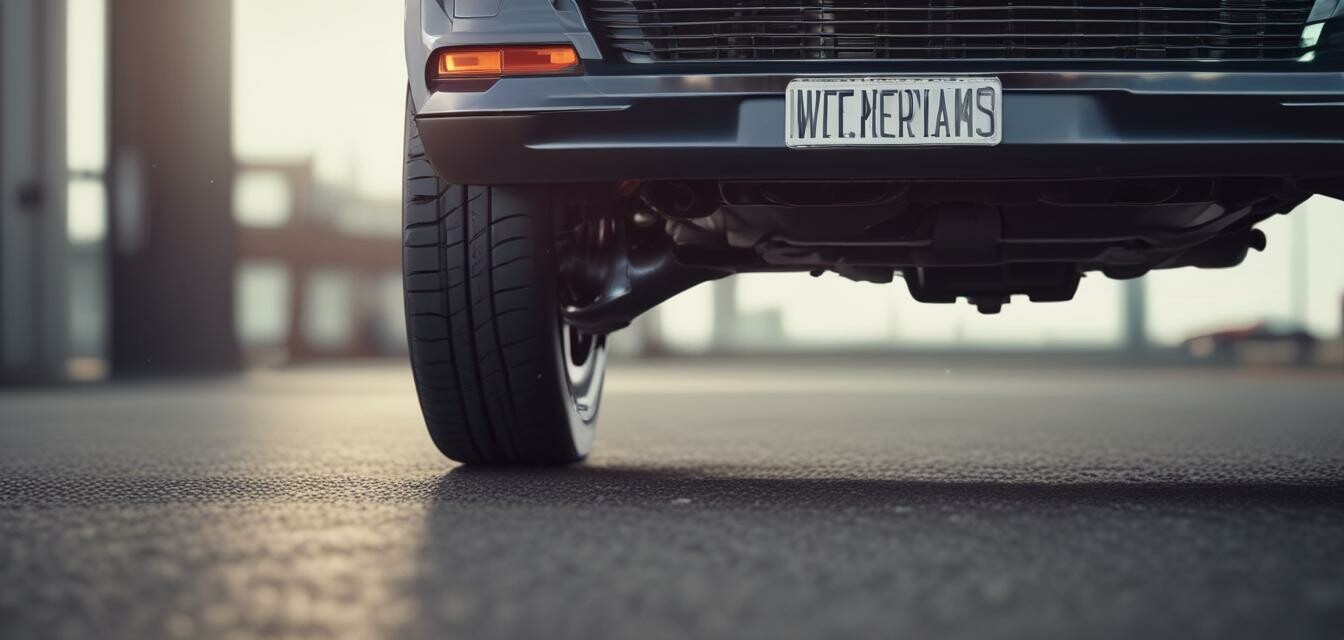
How to Upgrade Your VW's Braking System
Key Takeaways
- Identify the components necessary for an upgrade: rotors, calipers, brake pads, and brake fluid.
- Prioritize safety and performance when selecting components.
- Understand the installation process to ensure proper fit and function.
- Regular maintenance is essential for optimal braking performance.
- Explore advanced options such as bigger rotors and caliper upgrades for enhanced stopping power.
Upgrading your Volkswagen’s braking system is one of the most critical enhancements you can make. Whether you are a performance enthusiast or just looking to improve safety, a well-designed braking system is crucial. This comprehensive guide will walk you through selecting the right components, installation tips, and what to keep in mind throughout the process.
Why Upgrade Your Braking System?
Stock brake systems are designed to meet basic requirements. However, if you’re pushing your VW to its limits, whether on the street or the track, you may need a more robust system. Upgrading your braking system provides:
- Improved stopping power
- Better heat dissipation
- Enhanced pedal feel
- Longer-lasting performance
Key Components of a Braking System Upgrade
When upgrading your Volkswagen's brakes, focus on these critical components:
| Component | Description | Benefits |
|---|---|---|
| Brake Pads | Material attached to the calipers that grip the rotors. | Better friction, less dust, and reduced noise. |
| Rotors | Discs that the brake pads clamp down on. | Enhanced cooling and sturdiness, reducing brake fade. |
| Calipers | Holds the brake pads and contains the piston. | Improved clamping force and braking control. |
| Brake Fluid | Transmits force from the brake pedal to the calipers. | High boiling point prevents brake failure under heat. |
Choosing the Right Brake Pads
Brake pads come in various materials, including ceramic, metallic, and organic. Each type has its advantages:
- Ceramic: Quiet and produce less dust.
- Metallic: Superior performance and longevity but can be noisier.
- Organic: Generally softer and quieter but wear out faster.
Upgrading the Rotors
When selecting new rotors, you have the choice between vented, slotted, or drilled designs:
| Type | Description | Pros | Cons |
|---|---|---|---|
| Vented | Standard rotors with channels for cooling. | Better heat dissipation. | May not perform as well under extreme conditions. |
| Slotted | Have grooves to help expel heat and gases. | Improved bite and reduced fade. | Wear pads faster. |
| Drilled | Have holes to optimize airflow. | Great for heat management. | Can crack under extreme stress. |
Installing Your New Braking System
Upgrading your braking system can be done as a DIY project, but follow these guidelines for success:
Tips for Installation
- Ensure vehicle is secure on a flat surface before starting.
- Always use the proper tools for disassembly and reassembly.
- Refer to your vehicle’s manual for specific instructions related to your VW model.
- Replace fluid reservoir with high-quality brake fluid.
- If uncertain, consult a professional mechanic.
Maintenance and Safety Checks
After upgrading your braking system, regular maintenance is key:
- Inspect brake pads and rotors for wear every season.
- Flush brake fluid every 1-2 years, especially if it appears murky.
- Check for any signs of hydraulic leaks.
Conclusion
Upgrading your VW's braking system is a proactive way to enhance both performance and safety. With careful planning and the right components, you can achieve superb stopping power and improved overall vehicle performance. Whether you're a seasoned tuner or a beginner, these insights will equip you with the knowledge to make informed decisions.
Pros
- Improved stopping distance.
- Better handling during emergency stops.
- Increased confidence and safety on the road.
- Enhanced overall vehicle performance.
Cons
- Initial investment can be high.
- Improper installation could lead to issues.
- Performance parts may require more maintenance.
Learn More
For more about tuning your Volkswagen, check out our other guides:
- How to install a new exhaust system
- How to upgrade your suspension
- Best performance parts for your VW
- Shop performance parts for VW
- Latest trends in VW tuning
